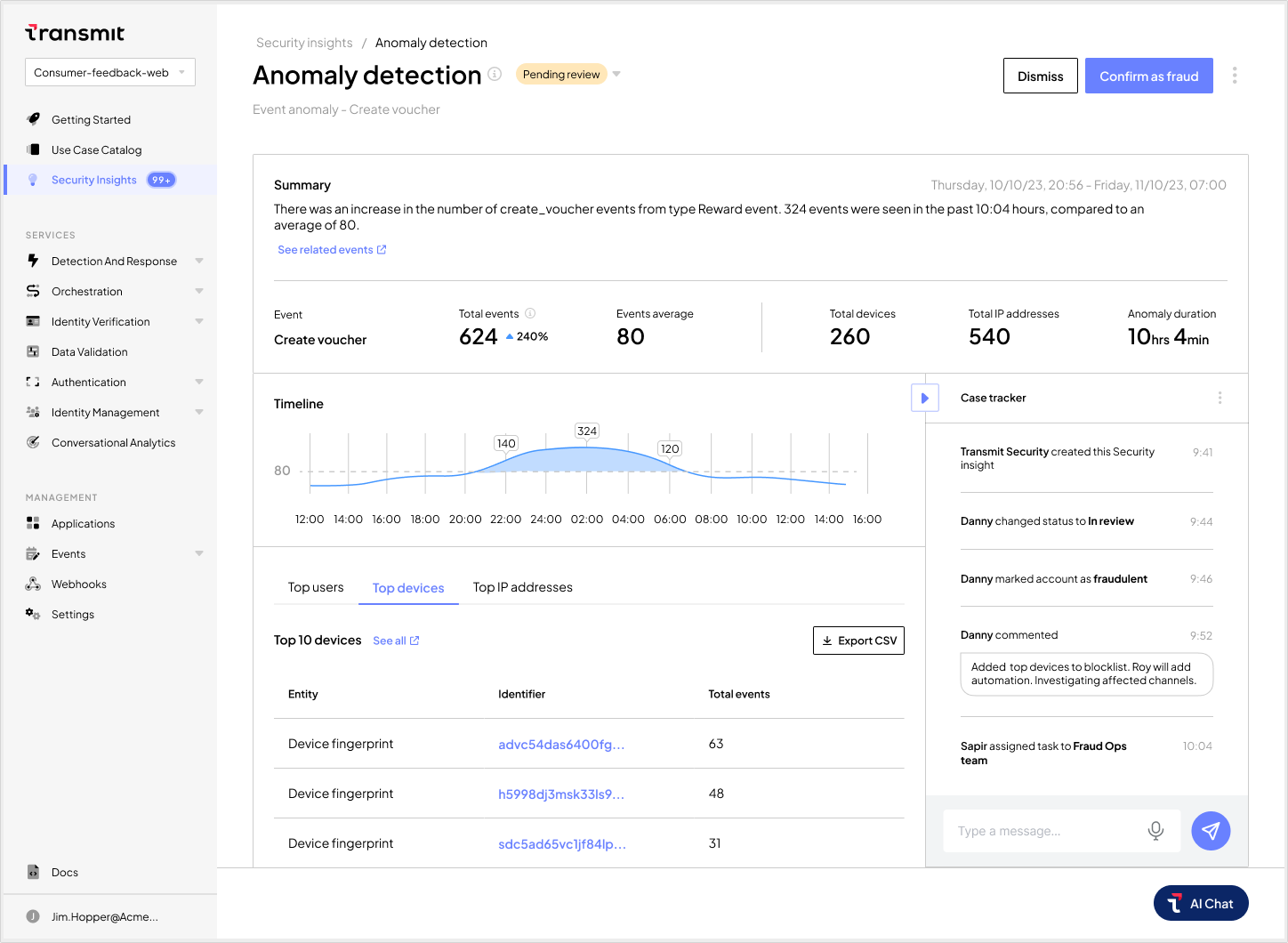In a recent podcast that turned viral on TikTok, ChatGPT user Gage explained how he used the AI tool to generate hundreds of fake McDonald’s reviews, which he then submitted in feedback surveys to get free McDonald’s meal vouchers. Since it has been shared, many have taken advantage of the trick, sparking struggles for franchise branches to salvage their customer satisfaction scores.
Dissecting the viral TikTok trick
“This is something anyone can do,” Gage explained in his podcast. “All you need for this is a receipt.”
Of course, the “this” that he referred to is a scam to acquire free McDonalds meals in four simple steps. We won’t share his formula here because it’s unethical to perpetuate his fraud. Suffice to say, it involves using ChatGPT to automate a key step when filing a complaint about a horrible customer experience. In turn, McDonald’s will send the scammer 1, 2, 3 or 4 meal vouchers, completely free.
Gage explained that he’d been using this “trick” for about nine months, presumably adding up to hundreds or even thousands of euros worth of “free” food. In the viral TikTok’s comments, TikTok users raved about using Gage’s trick, some saying “It works!” and “Bet, I’m on it.”
Costly consequences of feedback fraud
While Gage’s co-host joked, “This must be the worst rated McDonald’s in the country,” these unethical antics are no laughing matter.
The financial impact on individual branches due to fraudulent meal vouchers is not negligible, and undermines the whole purpose of customer feedback systems. By manipulating reviews, the authenticity of customer experiences is distorted, leading McDonald’s to deal with fake issues instead of focusing on genuine areas of improvement, like bettering the customer service or supporting the workforce.
As Gage described in the podcast, the McDonald’s branch he scammed had to invest efforts in proactively reaching out to all customers, urging them to provide extremely positive feedback to recover their customer satisfaction score.
Feedback systems’ ripple effect
Beyond the obvious direct financial losses from fraud, the consequences reach a degradation in the overall quality of business decisions. Instances like the McDonald’s scam exemplify how fraudulent actions can manipulate feedback systems, distorting customer satisfaction metrics and influencing resource allocation decisions.
This affects revenue, operational efficiency and prompts the evolution of compensation logic toward greater complexity. In the context of large enterprises, the challenge intensifies as cross-team collaboration becomes crucial to effectively counter the multifaceted implications of these democratized fraudulent activities.
Adaptive defense mechanisms
This McDonald’s “trick” is an example of how GenAI is democratizing scams, enabling traditionally unsuspecting users to exploit business logic, particularly in sectors that typically pay little attention to concerns of customer authenticity. This highlights the urgency for which businesses need to leverage a robust ML-based fraud detection solution that can quickly respond to new and evolving scams.
Unlike traditional methods that leverage strict, arbitrary security policies, such as limiting feedback forms per day or per device, ML-based fraud detection adapts dynamically to threats, adapting security mechanisms in real time to detect suspicious behavior based on the context of each request.
In ML-based detection systems, factors such as the user’s IP address, the frequency of their requests and the correlation of their geographic location with the branch location can be integrated seamlessly with the feedback web flow to monitor user patterns and distinguish legitimate behavior from fraudulent actions with behavioral biometric. Once a fraudulent pattern is identified, the fraud engine can issue a recommendation that can be used to block the request in real time.
ML-based fraud detection can also perform offline analysis on vast datasets to uncover fraud rings and other coordinated activities by correlating data and helping teams visualize entities like IPs, devices and addresses that are reused across multiple requests or accounts. This allows businesses to reduce false negatives and proactively block known fraudulent entities, even as scammers’ tactics evolve.
Transmit Security Detection and Response Service
The core of Transmit Security’s Detection and Response Service is built on machine learning, utilizing a semi-supervised approach. This innovative method enables the system to not only detect known areas of fraud with high precision but also to continuously explore and uncover blind spots in the application’s security posture.
Unlike fixed logic approaches that require predefined behaviors and subsequent adjustments post-abuse discovery, Transmit Security’s multi-method detection and event intelligence capabilities provide advanced observability throughout the entire application journey.
A standout feature of Transmit Security’s fraud prevention is its anomaly detection capability. By analyzing emerging patterns and adapting to the ever-changing threat landscape, Transmit Security ensures that even the most sophisticated, evasive and novel fraud tactics are detected. By facilitating a comprehensive, automated response mechanism, nuanced actions can be made without interrupting a business’s normal operations. This is achieved through the Transmit Security Platform, designed to foster cross-team collaboration across various domains — from fraud and risk teams to application owners, developers and business stakeholders.

Transmit Security also has the ability to bridge organizational silos, which often serve as an advantage for fraudsters. These silos can create blind spots and operational inefficiencies, making it challenging for defenders to detect, respond to, and recover from attacks promptly. The larger the organization, the longer it takes to navigate these challenges.
By leveraging Transmit Security Detection and Response, businesses can significantly shorten the time to discover, respond and recover from fraud incidents, turning their size and complexity into strengths rather than vulnerabilities.
Transmit Security stands at the forefront of fraud management, offering advanced Detection and Response to address scams of all kinds. Explore our unparalleled identity-security platform today.





